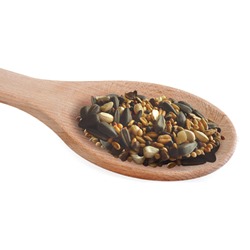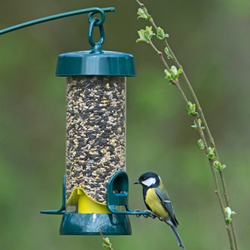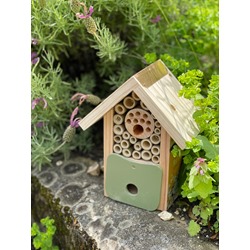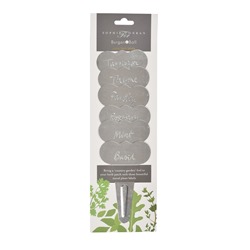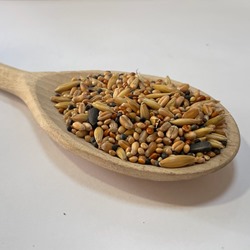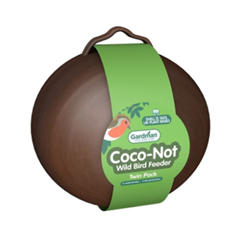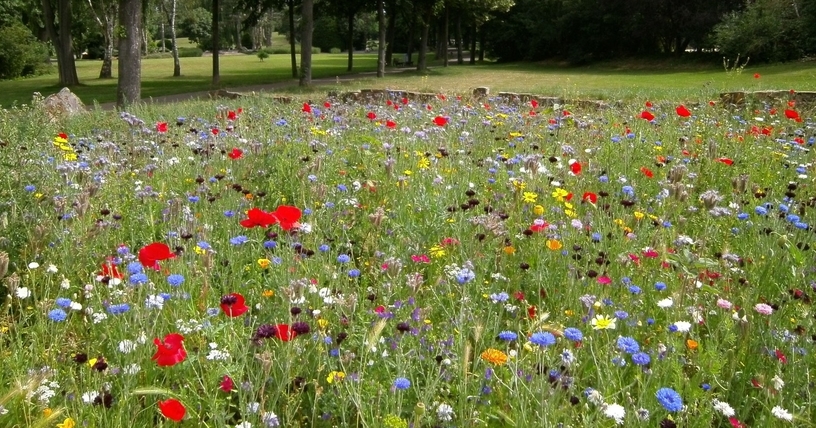
Wildflower seeds should be planted in the Spring, but there are other opportunities to plant wildflowers throughout the year.
Wildflowers are a great addition to any garden for a wide number of reasons. Their beautiful bright colours bring a radiant splash to any outdoor space, and their varying shapes are totally unique. Wildflowers bring the promise of something new every year with each bloom.
Not only are wildflowers beautiful, but they also do a great amount to support your local ecosystem. Bees and butterflies love them, and bees are great pollinators so their presence will help your garden flourish and support local biodiversity. Although planting a few wildflower seeds in your garden might not seem like much, every little helps.
If you’re interested in planting wildflower seeds in your garden you may have a few questions, such as when is the best time of year to plant the wildflower seeds and what is the best way to do it. If you’ve found yourself asking these questions and are looking for answers, you’re in the right place!
When’s the Best Time to Plant Wildflower Seeds?
The best time of year to plant wildflower seeds is in the spring, ideally March/April time. If you miss the window of opportunity in the spring, the second-best time is the autumn, around September/October. Try not to plant wildflower seeds in the winter, as it may be too cold for the flowers to flourish.
Despite this, some species for wildflower require frost to break dormancy so you may have to wait for next year to see the rewards of your hard work.
These guidelines are based on UK weather, where Spring is generally the best time to plant wildflowers. If you have fine weather throughout the year where you live, you may find success planting wildflowers in any season.
How to Plant Wildflower Seeds
The process of planting wildflowers is surprisingly simple. Once the planting is completed, the maintenance is also very easy as wildflowers are pretty independent.
1) Prepare the Space
Wildflowers won’t grow well in areas with thick grass or weed growth. Make sure conditions are suitable for wildflower growth by clearing the area of all weeds (including grass), and ensure that the soil is nice and crumbly.
Wildflowers actually grow better in lawns with low nutrition, as highly fertile soil encourages the growth of other plants like weeds and grass which compete with wildflowers.
2) Sow the Seeds
With wildflowers this is a pretty easy process, just grab a handful and sprinkle them on the soil by hand. Depending on what seeds you’re using, it’s generally recommended to use between 1g-4g per square metre. Read the label of the seed packet you’re using and do as instructed.
3) Don’t Bury the Seeds Too Deeply
Now's the time to settle the seeds; you can do so by giving them a quick rake to lightly cover them in soil. Wildflowers need warmth, light, and water to grow, so burying them too deeply will make it difficult for them.
4) Water Well
At this point, give the seeds a generous sprinkling of water to make sure they're hydrated and settled. This is a great opportunity to get out your watering can.
5) Don’t Add Enrichment or Fertiliser
As briefly mentioned above, wildflower seeds can do well in soil with little nutrition. Although you might think that adding fertiliser will help the wildflowers to grow, it will actually encourage the growth of other plants such as grass and weeds that will directly compete with wildflowers for the space.
6) Be Patient
Depending on what seeds you’ve sown, their growth rate may vary. Although it might be frustrating to have to wait, the results will be well worth it when you finally see the wide array of colours bringing new life into your garden.
Should You Plant Wildflower Seeds?
Yes! Overall, wildflower gardens are pretty low maintenance. You get a beautiful riot of colour in your garden that simultaneously supports your local biodiversity and ecosystem – what’s not to love?
If you’re interested in planting wildflower seeds in your garden, Really Wild Bird Food has a wide range of different wildflower seed combinations available.
Browse Wildflower Seeds
If you have any questions about the benefits of wildflowers, or are looking for advice on how to plant and maintain them, reach out and contact us today. Our first-class team will do everything they can to answer any questions you may have, so you can get your wildflower garden started today!
Contact Us
READ MORE:
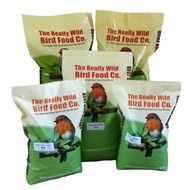 Back
Back Bird Foods
Bird Foods  Seed Mixes
Seed Mixes Straight Seeds
Straight Seeds Mealworms & Worms
Mealworms & Worms Chicken Feed
Chicken Feed Duck Food
Duck Food Peanuts & Peanut Butter
Peanuts & Peanut Butter Suet & Fat Balls
Suet & Fat Balls No Mess Bird Seed
No Mess Bird Seed  Wheat Free Bird Seed
Wheat Free Bird Seed Sunflower Seeds
Sunflower Seeds Softbill Bird Food
Softbill Bird Food Bulk Bird Seed
Bulk Bird Seed Trial Packs
Trial Packs Pick & Mix
Pick & Mix Mini Pick & Mix
Mini Pick & Mix Birdie Basics: Budget Bird Food
Birdie Basics: Budget Bird Food Food for Small Birds
Food for Small Birds Back
Back Bird Feeders
Bird Feeders  Seed Feeders
Seed Feeders Peanut Feeders
Peanut Feeders Peanut Butter Feeders
Peanut Butter Feeders Suet & Fat Feeders
Suet & Fat Feeders Window Feeders
Window Feeders Hanging Feeders
Hanging Feeders Feeding Stations
Feeding Stations Ground Feeders
Ground Feeders Easy Clean Feeders
Easy Clean Feeders Bird Tables
Bird Tables Seed Trays
Seed Trays Bird Baths & Drinkers
Bird Baths & Drinkers Feeder Accessories
Feeder Accessories Feeder Hygiene
Feeder Hygiene Squirrel Proof Bird Feeders
Squirrel Proof Bird Feeders For the Kids
For the Kids Niger Seed Feeders
Niger Seed Feeders Mealworm Feeders
Mealworm Feeders Bird Food Storage
Bird Food Storage Fat Ball Feeders
Fat Ball Feeders Tube Feeders
Tube Feeders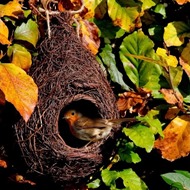

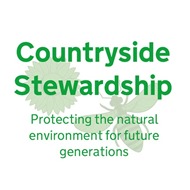

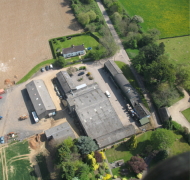 Our Farm
Our Farm  Tips & Advice
Tips & AdviceContact Us

